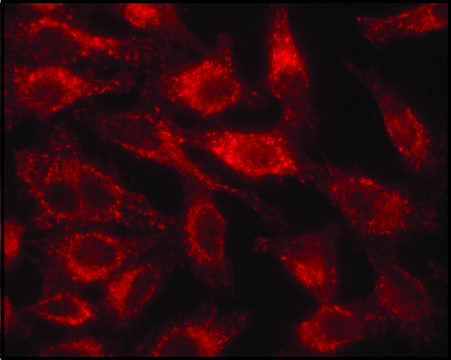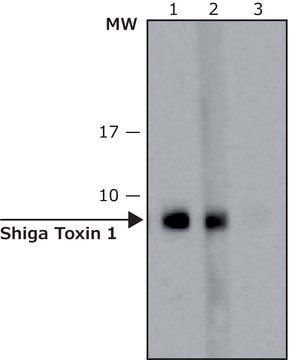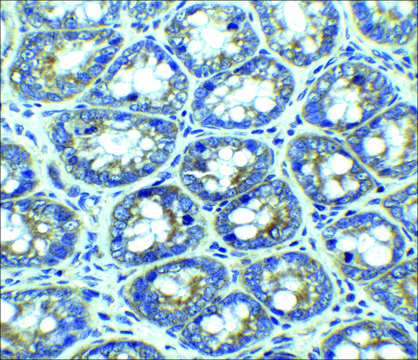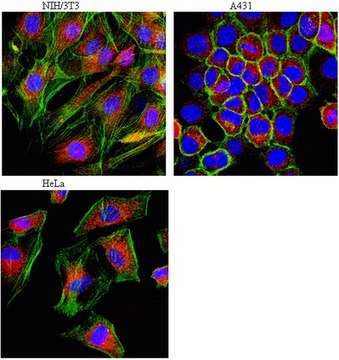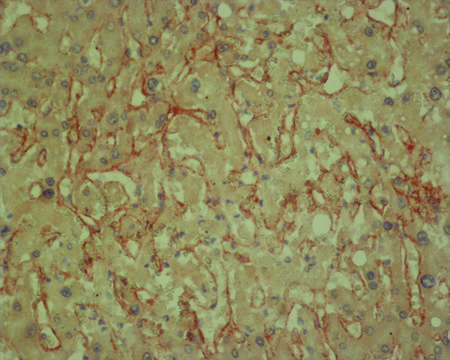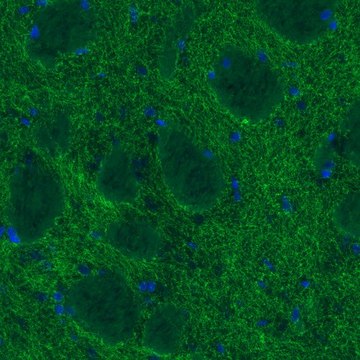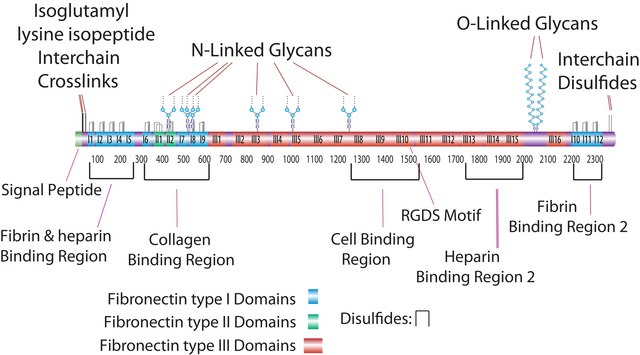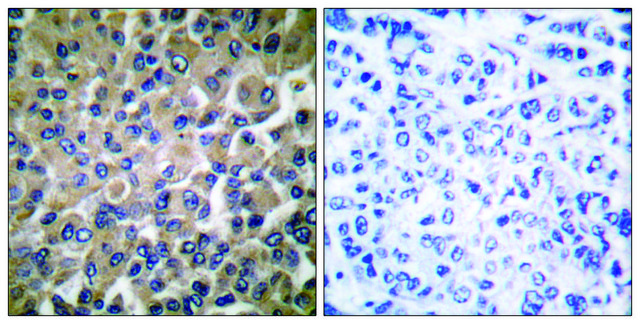SAB4700416
Monoclonal Anti-CD107A azide free antibody produced in mouse
clone H4A3, purified immunoglobulin, buffered aqueous solution
Sign Into View Organizational & Contract Pricing
All Photos(1)
Synonym(s):
Anti-LAMP1
UNSPSC Code:
12352203
NACRES:
NA.41
Recommended Products
biological source
mouse
conjugate
unconjugated
antibody form
purified immunoglobulin
antibody product type
primary antibodies
clone
H4A3, monoclonal
form
buffered aqueous solution
species reactivity
human, nonhuman primates, mouse
concentration
1 mg/mL
technique(s)
flow cytometry: suitable
isotype
IgG1
NCBI accession no.
UniProt accession no.
shipped in
wet ice
storage temp.
2-8°C
target post-translational modification
unmodified
Gene Information
human ... LAMP1(3916)
General description
CD107a (lysosome-associated membrane protein-1, LAMP-1), together with LAMP-2, is a major constituent of lysosomal membrane, 1-2% of total CD107a is found also on the plasma membrane. The LAMP proteins are involved in lysosome biogenesis and are required for fusion of lysosomes with phagosomes. Increased CD107a immunoreactivity is observed in neurones, and in glial cells, surrounding senile plaques in Alzheimer′s disease cases and is localized mainly in medullary epithelial cells, single macrophages and lymphocytes in acute thymic involution. CD107a is a good marker of mast cell activation.
Specificity
The antibody H4A3 recognizes CD107a, a 100-120 kDa glycoprotein expressed mainly on lysosomal, but also on the plasma membrane.
Immunogen
Human PBMC
Application
The reagent is designed for Flow Cytometry analysis. Suggested working dilution for Flow Cytometry is 1 μg/mL of sample. Indicated dilution is recommended starting point for use of this product. Working concentrations should be determined by the investigator.
Features and Benefits
Evaluate our antibodies with complete peace of mind. If the antibody does not perform in your application, we will issue a full credit or replacement antibody. Learn more.
Physical form
Solution in azide free phosphate buffered saline, pH 7.4; 0.2 um filter sterilized.
Disclaimer
Unless otherwise stated in our catalog or other company documentation accompanying the product(s), our products are intended for research use only and are not to be used for any other purpose, which includes but is not limited to, unauthorized commercial uses, in vitro diagnostic uses, ex vivo or in vivo therapeutic uses or any type of consumption or application to humans or animals.
Flash Point(F)
Not applicable
Flash Point(C)
Not applicable
Regulatory Information
常规特殊物品
Certificates of Analysis (COA)
Search for Certificates of Analysis (COA) by entering the products Lot/Batch Number. Lot and Batch Numbers can be found on a product’s label following the words ‘Lot’ or ‘Batch’.
Already Own This Product?
Find documentation for the products that you have recently purchased in the Document Library.
Celina Jin et al.
The Journal of experimental medicine, 218(2) (2020-11-13)
Typhoid Vi vaccines have been shown to be efficacious in children living in endemic regions; however, a widely accepted correlate of protection remains to be established. We applied a systems serology approach to identify Vi-specific serological correlates of protection using
Carmen Caiazza et al.
International journal of molecular sciences, 20(11) (2019-05-31)
Acute administration of a high level of extracellular citrate displays an anti-proliferative effect on both in vitro and in vivo models. However, the long-term effect of citrate treatment has not been investigated yet. Here, we address this question in PC3
Martina Tufano et al.
Cells, 10(9) (2021-09-29)
Despite Glioblastoma (GBM) frequently expressing programmed cell death ligand-1 (PD-L1), treatment with anti-programmed cell death-1 (PD1) has not yielded brilliant results. Intratumor variability of PD-L1 can impact determination accuracy. A previous study on mouse embryonic fibroblasts (MEFs) reported a role
Valeria De Pasquale et al.
Journal of medicinal chemistry, 66(3), 1790-1808 (2023-01-26)
Sanfilippo syndrome comprises a group of four genetic diseases due to the lack or decreased activity of enzymes involved in heparan sulfate (HS) catabolism. HS accumulation in lysosomes and other cellular compartments results in tissue and organ dysfunctions, leading to
Gianluca Scerra et al.
STAR protocols, 2(4), 100916-100916 (2021-11-11)
The lysosomal compartment is a key hub for cell metabolism, and morphological alterations have been described in several pathological conditions. Here, we describe the use of amino acid analogs modified by the presence of a methyl ester group that accumulates
Our team of scientists has experience in all areas of research including Life Science, Material Science, Chemical Synthesis, Chromatography, Analytical and many others.
Contact Technical Service